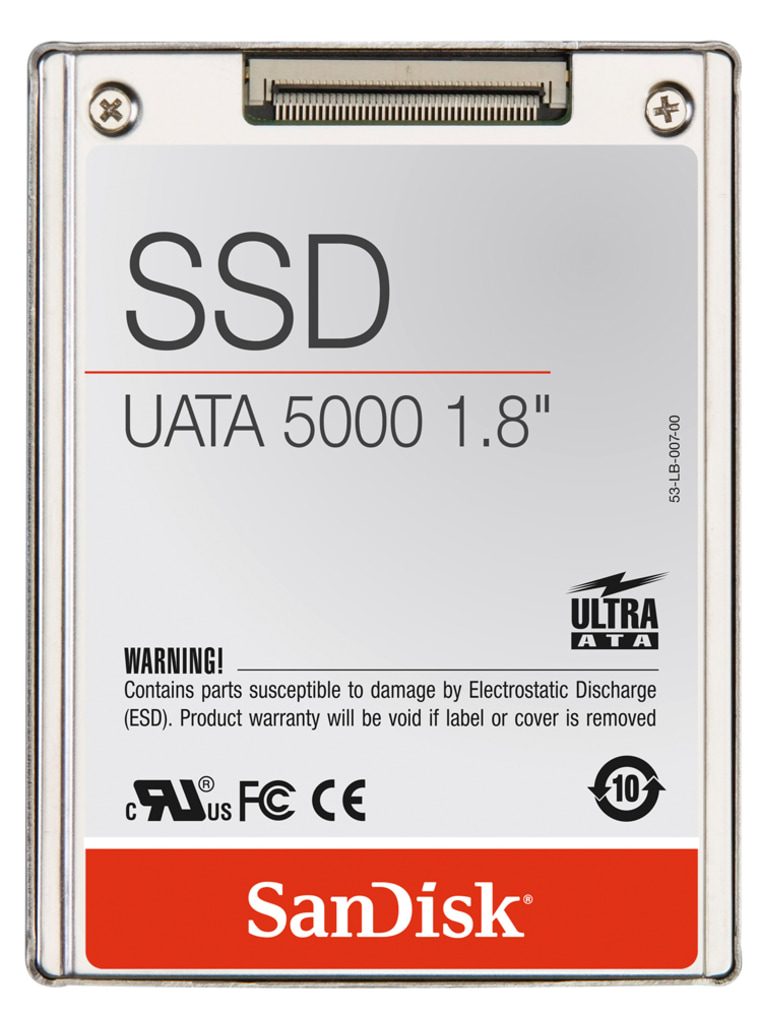Twenty years ago I got my first home computer. It was an Apple Macintosh that someone had modified. They had installed a third-party device called a hard drive, which meant that the computer didn’t need floppy disks to boot up. Those early hard drives were large in size, wildly expensive and had storage capacities in megabytes — not gigabytes.
The rest, as they say is history. Over the years, hard drives have gotten smaller in size, bigger in capacity and a whole lot cheaper. A one-terabyte (1,000 gigabyte) drive was announced here at CES this week.
But mechanically, hard drives haven’t changed much over the years. They still have a lot of moving parts. And, as I can report from personal experience, at some point, all hard drives fail. These are not pleasant memories.
So, when I saw one particular announcement at a show filled with press releases, I got very, very excited: SanDisk Corporation has introduced a 32GB, 1.8-inch solid-state drive (SSD) which is built to be a drop-in replacement for standard mechanical hard disk drives. This means the device has no moving parts.
Large capacity flash-based drives had been used primarily in the military, aerospace and telecom industries which demanded high performance, reliable storage under demanding conditions. But these drives were very expensive. Now, with flash-memory costs dropping, solid-state drives are becoming economically and commercially viable.
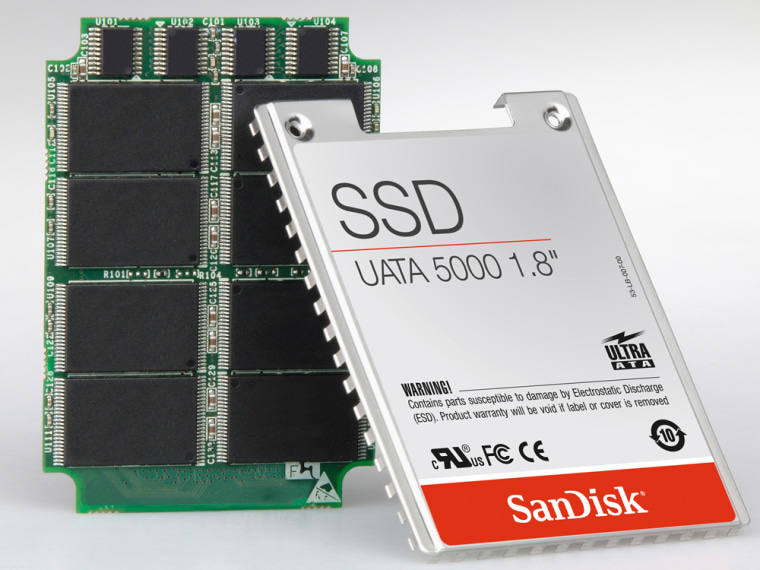
In addition to being reliable, these drives are fast. SanDisk claims a sustained read rate of 62 megabytes per second and a random read rate of 7,000 inputs/outputs per second. In plain English, that means it’s more than 100 times faster than most current hard disk drives.
I can’t begin to tell you what this ultimately means for the computer, PDA, cell phone and portable music device industries. The only thing that might slow down SSD acceptability is the price. Currently, SanDisk’s 32GB SSD will sell for $600. But, I would expect that price will drop as more and more companies choose solid-state drives. A number of electronics manufacturers are currently in talks with SanDisk — although they wouldn’t yet disclose which ones.
Massive flat-screen debuts
No Consumer Electronics Show would be complete without some company boasting that they’ve created the world’s largest flat-screen TV.
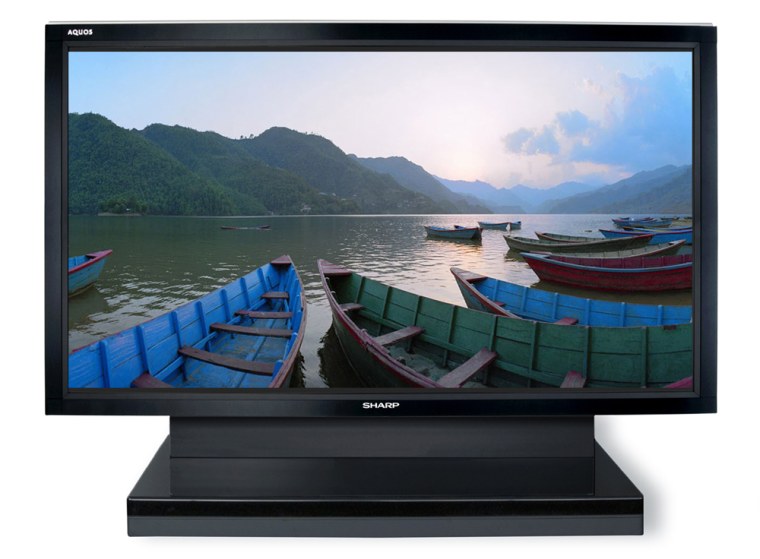
This year’s prize goes to Sharp with their 108-in (diagonally measured) Aquos LCD TV. I can report that the TV displayed a wonderfully sharp and clear picture. I’d love to test it in my living room though to put it through its paces. I’ll forward my address to Sharp as soon as I get home!
I didn’t ask how much the TV weighs but I know I would not want to try to lift it by myself — or even with two other people. I did ask about the price. The official response was that the price has not yet been set. I need to buy a new car so I didn’t try to nail them down any further.
For those keeping track, LG was showing a 100-inch plasma while most of the largest plasma screens measure only 105-inches.
HD DVD truce?
There are lots of companies displaying next-generation video disk technology. Nearly all of them are either Blue-ray or HD-DVD only models.
But, LG Electronics may have the perfect solution, and have just announced the launch of the world’s first Blu-ray Disc and HD DVD combination player. Expect the first units to hit the market later this year — and expect them to be expensive.
New cell phones
Samsung were showing off a great looking family of cell phones. The x830 are small, lightweight and come in a rainbow of colors. These GSM phones might look large in the picture but they’re actually the size of two chewing gum packs (remember Juicy Fruit?) stacked on top of each other.
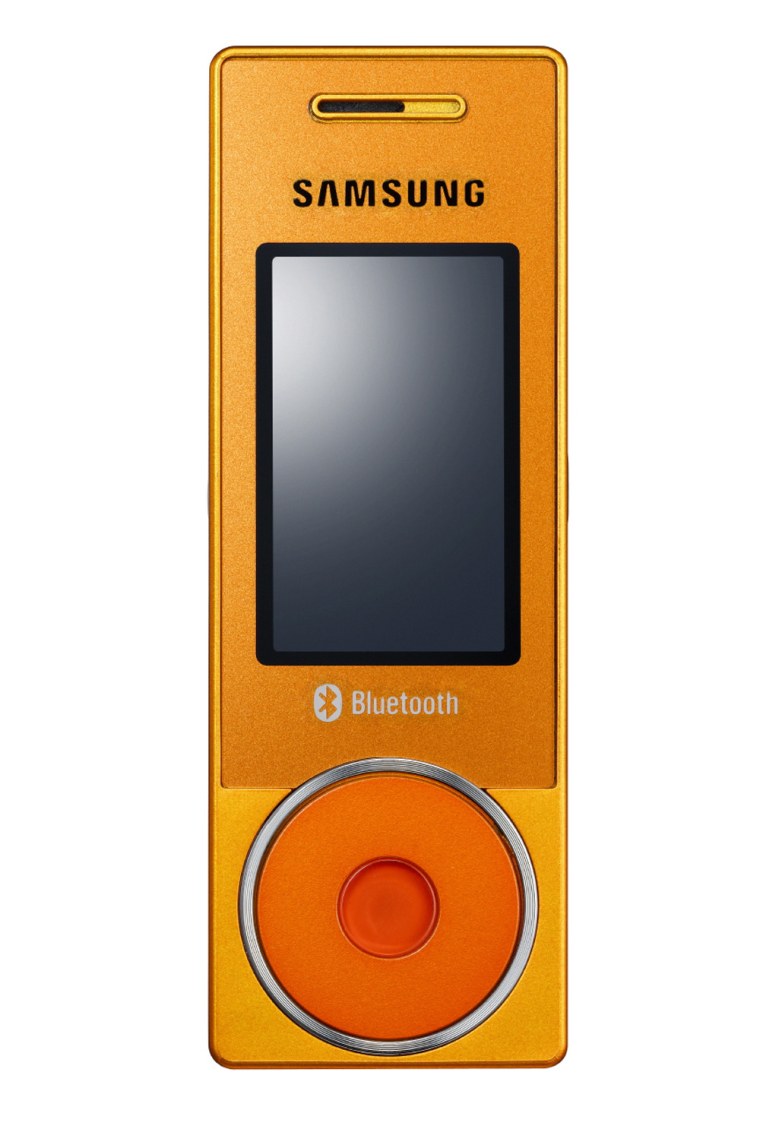
Samsung representatives wouldn’t tell me the price because these handsets are not available in this country. It seems that none of the U.S. cellular carriers were interested in marketing these cuties. If you’re interested you should be able to find unlocked (you provide the SIM card) samples on the Internet.
Pocket-sized high-def video camera
Finally, a high-definition video camera/recorder that fits in your pocket, Sanyo’s VPC-HD1A. The name seems longer than the actual device. We’re talking 3.15 by 4.7 by 1.4 inches weighing in at a mere 7.4 ounces.
This little device can take both stills and movies. It has a 5.36 megapixel CCD sensor capable of shooting MPEG4 movies at 1280 by 720 pixels HD resolution and 30 frames per second. It records 48 KHz, 16-bit stereo sound. It has a 10x optical zoom. There’s digital image stabilizer circuitry and a whole lot more.
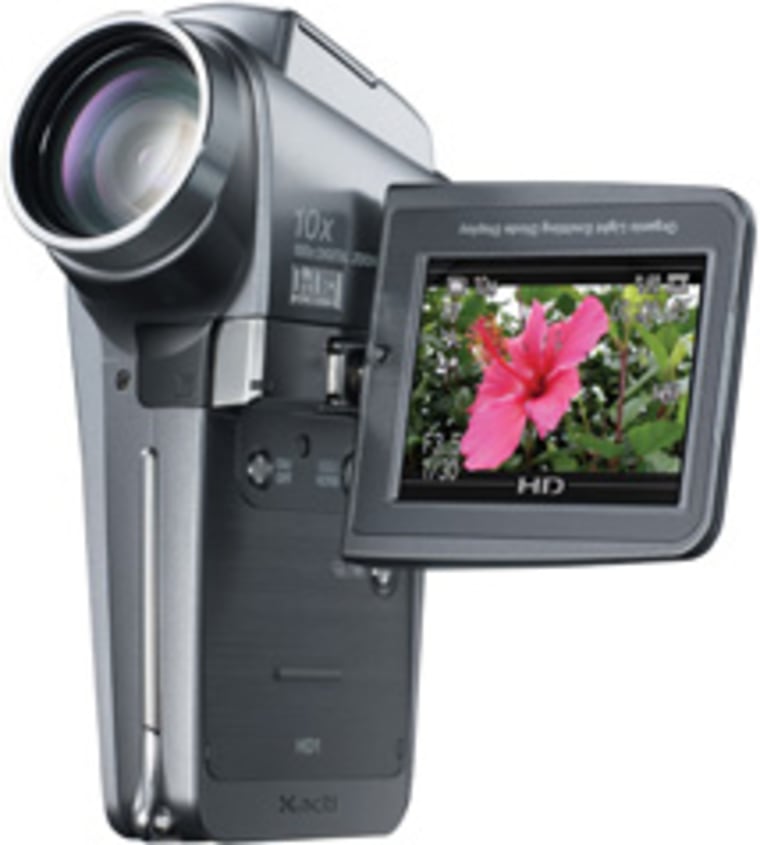
Storage consists of a SD memory card. A 1GB card will hold 7 minutes and 17 seconds of HD video or one hour of TV-HQ video (640 by 480 pixels, 30 fps) or nearly 600, 2592 by 1944 still images. Obviously, quadruple those numbers for a 4GB card.
I saw it demonstrated with its cute little base — and thought that it would make an amazingly complete little live broadcast studio when attached directly to a laptop and a high-speed Internet connection. I can't wait to try one — and, I expect some TV network bigwigs and news departments are interested too.
